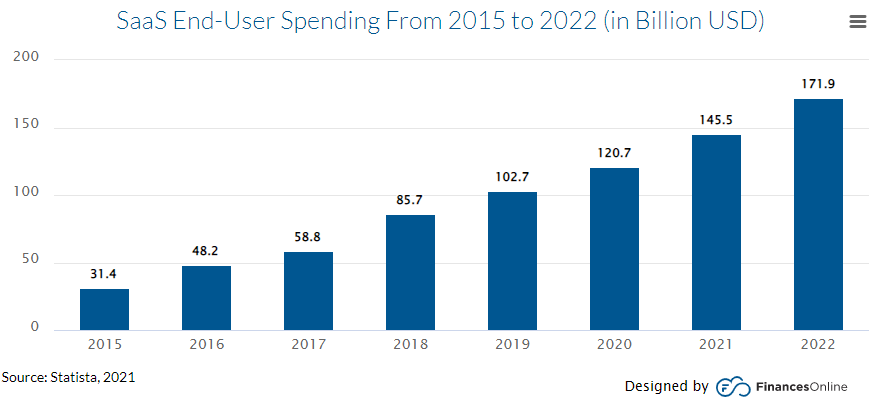Digitization: Why should companies invest in Artificial Intelligence training
Technology is a key helper on the way to the digital future. Artificial intelligence is considered a crucial future technology in the worldwide economy and more and more companies see an opportunity for their own business in artificial intelligence (AI). Whether predictive maintenance, process optimization, system control, or individualized products – everyone is talking about the fact that everything will be AI-supported in the future if not even function autonomously. AI can also improve processes in companies from production to sales or serve as the basis for new products and services.
Artificial intelligence also gives enormous competitive advantages. A survey conducted by McKinsey highlighted that a majority of survey respondents say their organizations have adopted AI capabilities, as AI’s impact on both the bottom line and cost-saving. Regarding the employees, however, there is an urgent need for action as they are poorly prepared for the use of artificial intelligence in this suddenly changing environment. Employees must perform skilled jobs that require more education and training compared to their normal routine jobs.
Another survey conducted by the market research company Statista on behalf of the TÜV Association among 1,000 people aged sixteen and over, including 568 employed people has revealed that 78 percent of employers agree that companies need to invest more in training their employees when it comes to AI. Many companies must invest significantly more in further training in artificial intelligence to make their workforce fit for the digital world. This involves both in-depth knowledge for the use of the technology, but also user knowledge since many tools already work with AI today. According to the results of the survey, a start has been made, 28 percent of the employees surveyed have taken part in further training on AI content in the past two years. And 34 percent of those in employment planned to do so within a year.
With basic AI knowledge, TÜV association expert Fliege observes considerable deficits in the companies. “Many employees only have a vague idea of what AI is and where they encounter it.” AI is already in use in many cases, sometimes even unnoticed. “Algorithms work quietly in numerous systems – for example in IT security, where they recognize and resist cyber-attacks,” says Fliehe. AI is perceived more strongly in factories, for example, where it supports production control. The use of AI promises more efficiency and greater process automation in production. That doesn’t have to have a negative impact on employment, says Fliege: “Interesting new fields of work can arise for employees because they are relieved of routine activities.” The development is still in its infancy, and a lot is in flux. “A whole new door is opening for companies and employees.” According to Fliehe, the use of AI for small and medium-sized enterprises (SMEs) is particularly promising. “They usually have to make do with scarcer resources and are committed to high efficiency.”
“Knowledge about artificial intelligence is improving as the technology spreads,” said Stenkamp. At the same time, the attitude of the citizens is also improving. Fifty-one percent of respondents feel something positive when they think of AI, compared to the previous study by the TÜV Association in 2019, this is an increase of five percentage points. On the other hand, only 14 percent feel something negative, two years ago this value was twice as high at 28 percent. Thirty-five percent are neutral (up 14 points).
However, one thing is certain: the responsibility of the employees will increase, because they will remain the final decision-making authority. “Users in companies must know that AI decisions are not optimal in every situation,” says Fliehe. It may therefore be necessary to check whether an algorithm has captured all the valuable information. “Human expertise and experience will not become less important through the use of AI, but even more important,” emphasizes Fliehe. Employees would have to be able to guide the algorithm and classify the results. “Employees must become designers and also recognize the limits of AI.” In this way, the employees also contributed to the security of AI systems. “AI applications must not endanger or disadvantage people,” says Fliege. Corresponding legal regulations for the use of AI in security-critical areas are currently being developed in the EU as part of the planned “AI Acts”. The “TÜV AI Lab”, founded last year, supports politicians in developing standardized testing tools for artificial intelligence.
To prepare workers for more automated workplaces, professional training must be considered as an individual right. The transition to modern technologies and onwards will be a continuous process. Thus, the training and re-training of employees must not be ignored.



